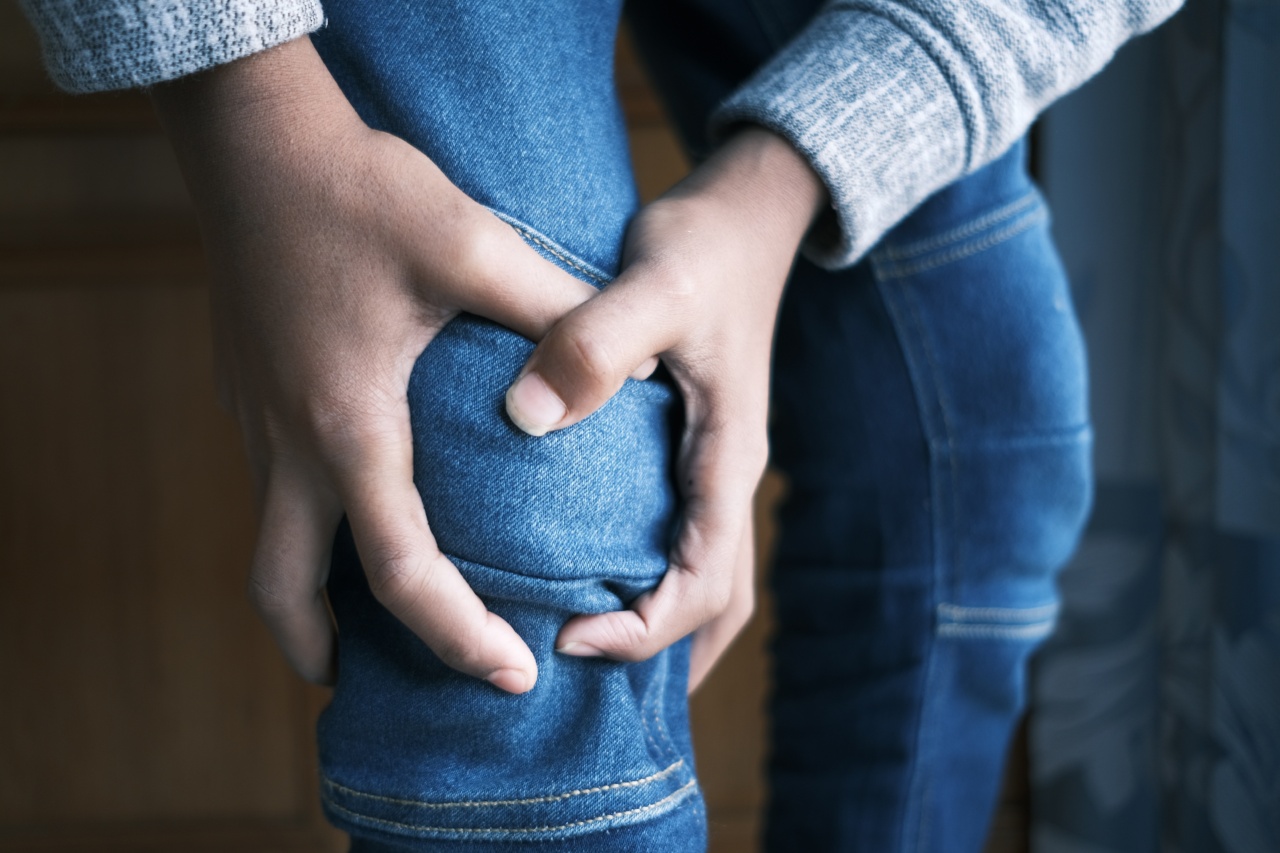Dealing with knee pain can be incredibly debilitating, impacting your mobility and overall quality of life. Whether you’re experiencing acute or chronic knee pain, finding relief is essential for your well-being.
Fortunately, there are several effective methods to alleviate knee pain and speed up the healing process. In this article, we will explore five proven strategies that can help you find relief and get back to enjoying your daily activities.
1. R.I.C.E Therapy
R.I.C.E therapy stands for Rest, Ice, Compression, and Elevation. This method is particularly effective for acute knee injuries or sudden flare-ups of chronic knee pain. It helps reduce pain, swelling, and inflammation while promoting healing.
Rest is crucial to allow your knee to recover. Avoid putting weight on the affected knee as much as possible. Ice the area for 15-20 minutes every two to three hours to reduce swelling and numb the pain.
Wrap your knee with a compression bandage or brace to provide support and stabilize the joint. Elevating your leg above heart level also helps reduce swelling and promote proper blood flow to the area.
2. Physical Therapy
Physical therapy is an effective long-term solution for managing and alleviating knee pain.
A physical therapist will assess your condition, develop a personalized treatment plan, and guide you through exercises that strengthen the muscles surrounding the knee joint.
Exercises may include muscle stretches, low-impact cardio activities like swimming or cycling, and specific exercises to improve flexibility and range of motion.
Physical therapy aims to restore knee function, improve stability, and reduce pain by addressing underlying musculoskeletal imbalances or weaknesses.
3. Nonsteroidal Anti-Inflammatory Drugs (NSAIDs)
If your knee pain is due to inflammation, over-the-counter NSAIDs such as ibuprofen or naproxen can provide temporary relief. These medications help reduce pain, swelling, and inflammation in the knee joint.
However, it’s important to use NSAIDs as directed, and consult with your healthcare provider if you have any pre-existing medical conditions or are taking other medications.
Prolonged or excessive use of NSAIDs can have adverse effects, so it’s best to use them under medical supervision.
4. Weight Management
Excess body weight can put added stress on your knee joints, exacerbating knee pain. Maintaining a healthy weight or losing weight, if necessary, can significantly alleviate knee pain.
Every pound lost can reduce the load on your knees, reducing pain and improving overall joint health.
Adopting a balanced diet rich in fruits, vegetables, lean proteins, and whole grains can support weight management efforts.
Remember to engage in regular physical activity, such as walking or low-impact exercises, to keep your joints flexible and healthy.
5. Assistive Devices
Using assistive devices can provide support and alleviate pressure on your knee joints. These devices include knee braces, crutches, or canes, depending on the severity of your knee pain.
A knee brace can help stabilize the joint and provide added support during physical activities. Crutches or canes can help offload weight from the affected knee, preventing further pain and injury.
It’s important to consult with a healthcare professional or physical therapist to determine the appropriate type of assistive device for your specific condition.
Conclusion
Knee pain can greatly impact your daily life, but it doesn’t have to be a constant burden.
By utilizing these five effective methods – R.I.C.E therapy, physical therapy, NSAIDs, weight management, and assistive devices – you can find relief and improve knee function. Remember, it’s always advisable to consult with a healthcare professional for an accurate diagnosis and personalized treatment plan.





























